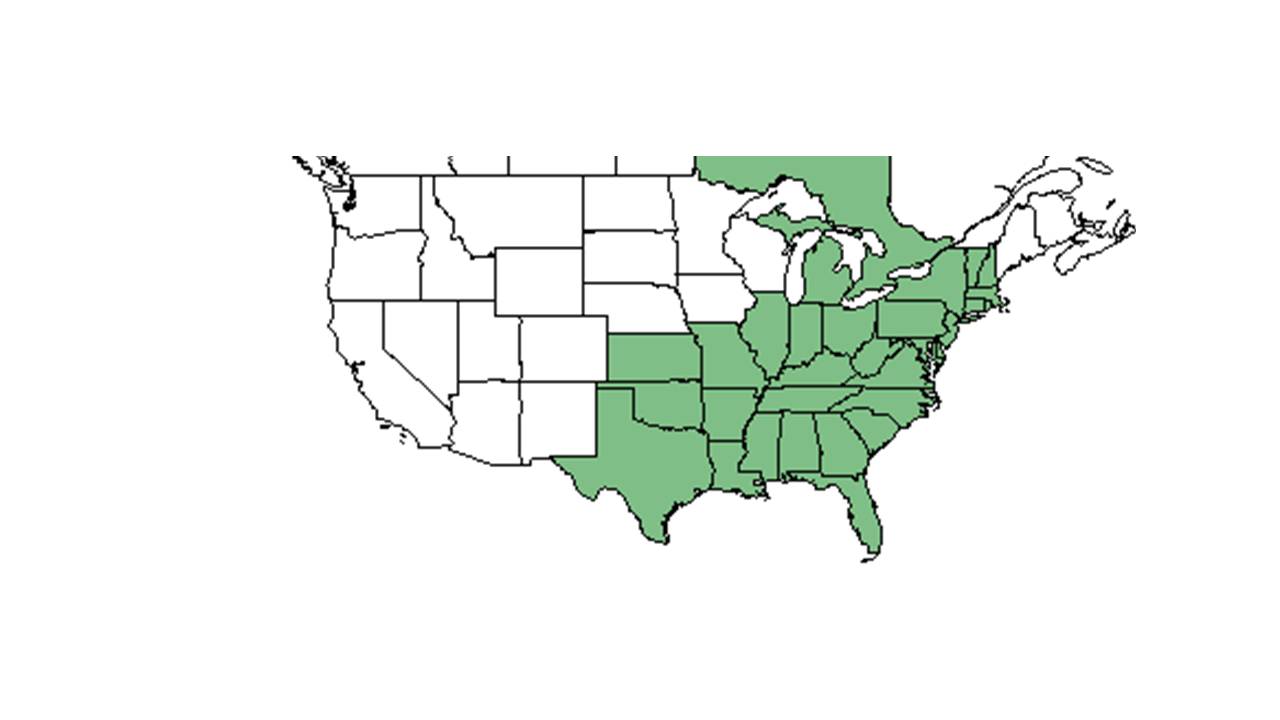Difference between revisions of "Desmodium rotundifolium"
(→Description) |
|||
| Line 26: | Line 26: | ||
==Ecology== | ==Ecology== | ||
===Habitat=== <!--Natural communities, human disturbed habitats, topography, hydrology, soils, light, fire regime requirements for removal of competition, etc.--> | ===Habitat=== <!--Natural communities, human disturbed habitats, topography, hydrology, soils, light, fire regime requirements for removal of competition, etc.--> | ||
| + | Is found in mixed hardwoods including pines, oaks, and hickories (FSU Herbarium). Also found in lightly wooded hillsides, dry glacial drift, and open woods (FSU Herbarium). Requires shaded areas (FSU Herbarium). Is associated with drying sandy loam soil types (FSU Herbarium). | ||
| + | |||
===Phenology=== <!--Timing off flowering, fruiting, seed dispersal, and environmental triggers. Cite PanFlora website if appropriate: http://www.gilnelson.com/PanFlora/ --> | ===Phenology=== <!--Timing off flowering, fruiting, seed dispersal, and environmental triggers. Cite PanFlora website if appropriate: http://www.gilnelson.com/PanFlora/ --> | ||
===Seed dispersal=== | ===Seed dispersal=== | ||
Revision as of 20:36, 12 July 2015
| Desmodium rotundifolium | |
|---|---|
Error creating thumbnail: Unable to save thumbnail to destination
| |
| Scientific classification | |
| Kingdom: | Plantae |
| Division: | Magnoliophyta - Flowering plants |
| Class: | Magnoliopsida – Dicotyledons |
| Order: | Fabales |
| Family: | Fabaceae ⁄ Leguminosae |
| Genus: | Desmodium |
| Species: | D. rotundifolium |
| Binomial name | |
| Desmodium rotundifolium DC. | |

| |
| Natural range of Desmodium rotundifolium from USDA NRCS Plants Database. | |
Contents
Description
Common Name: Prostrate ticktrefoil
Flowers may be blue or light purple in northern states (FSU Herbarium). In southern areas, fresh corollas are rosy pink, then fading into a whitish color with age (FSU Herbarium). Creeping and trailing habit and prostrate(FSU Herbarium).
Distribution
Ecology
Habitat
Is found in mixed hardwoods including pines, oaks, and hickories (FSU Herbarium). Also found in lightly wooded hillsides, dry glacial drift, and open woods (FSU Herbarium). Requires shaded areas (FSU Herbarium). Is associated with drying sandy loam soil types (FSU Herbarium).